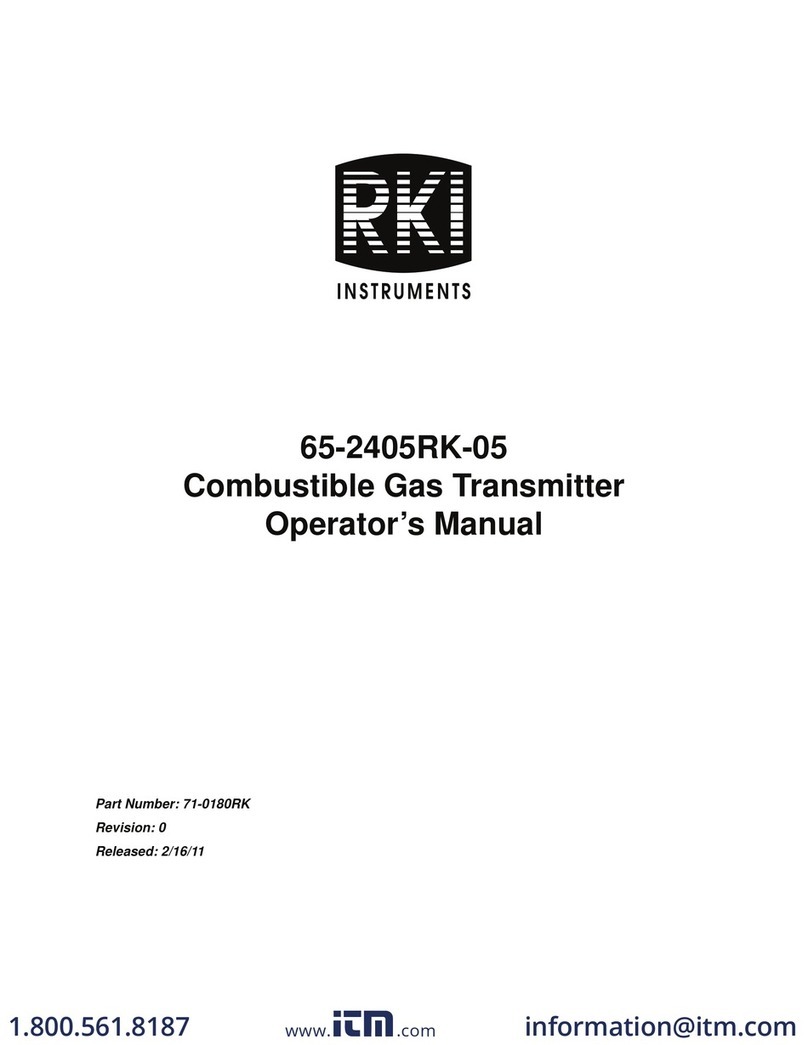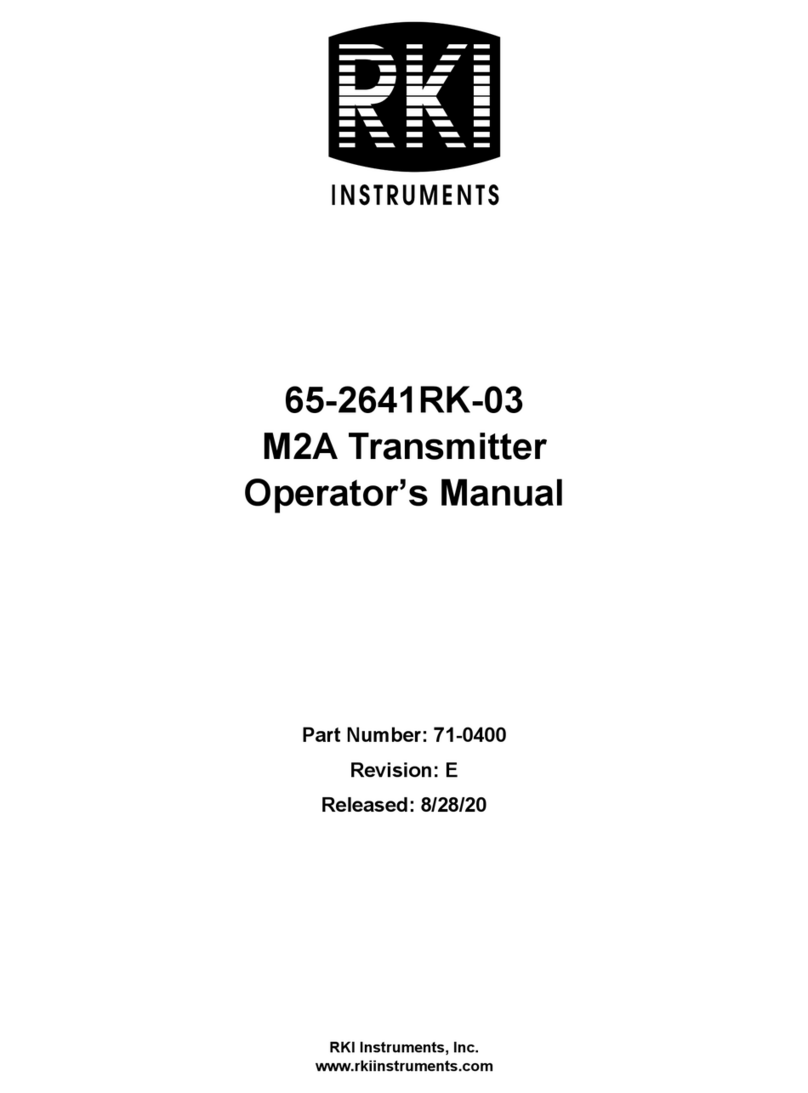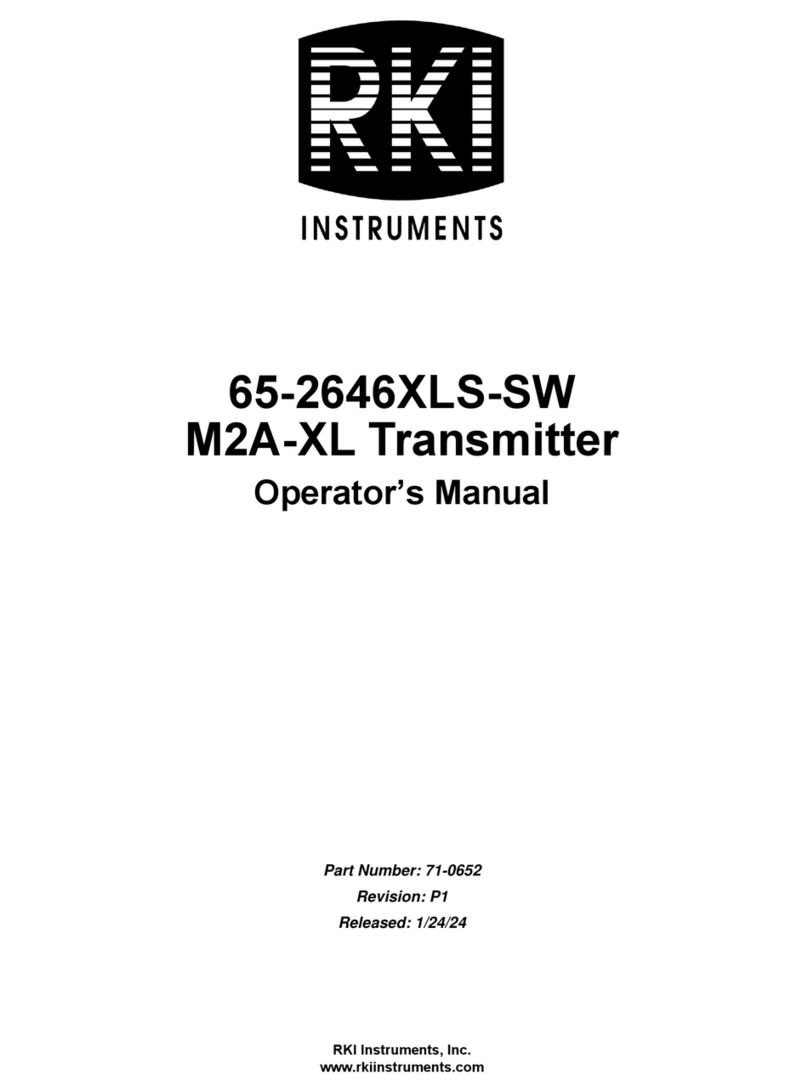RKI Instruments 65-2322-04SS User manual
Other RKI Instruments Transmitter manuals

RKI Instruments
RKI Instruments 65-2643XL0504SS User manual
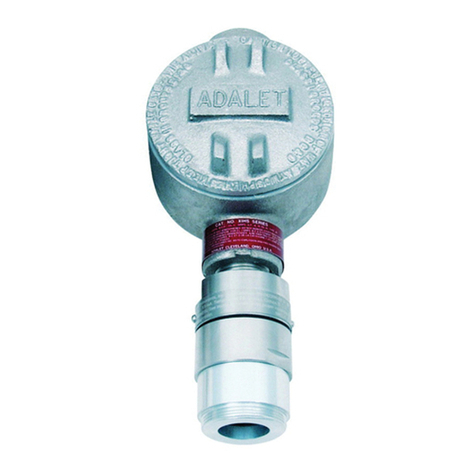
RKI Instruments
RKI Instruments 65-2405RK-04 User manual
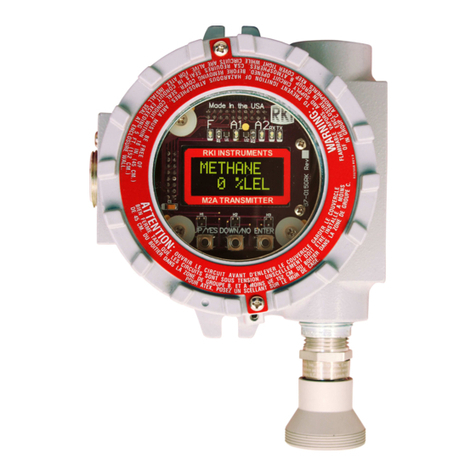
RKI Instruments
RKI Instruments 65-2641RK-04 User manual
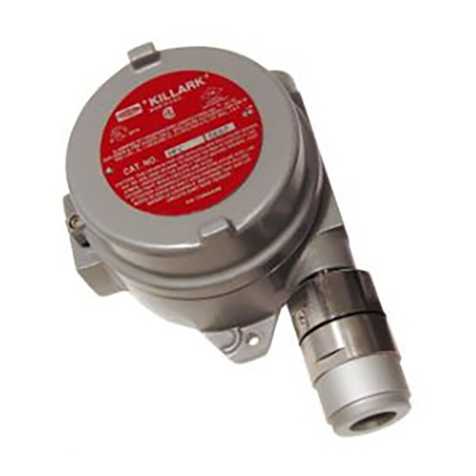
RKI Instruments
RKI Instruments 65-2435RK User manual
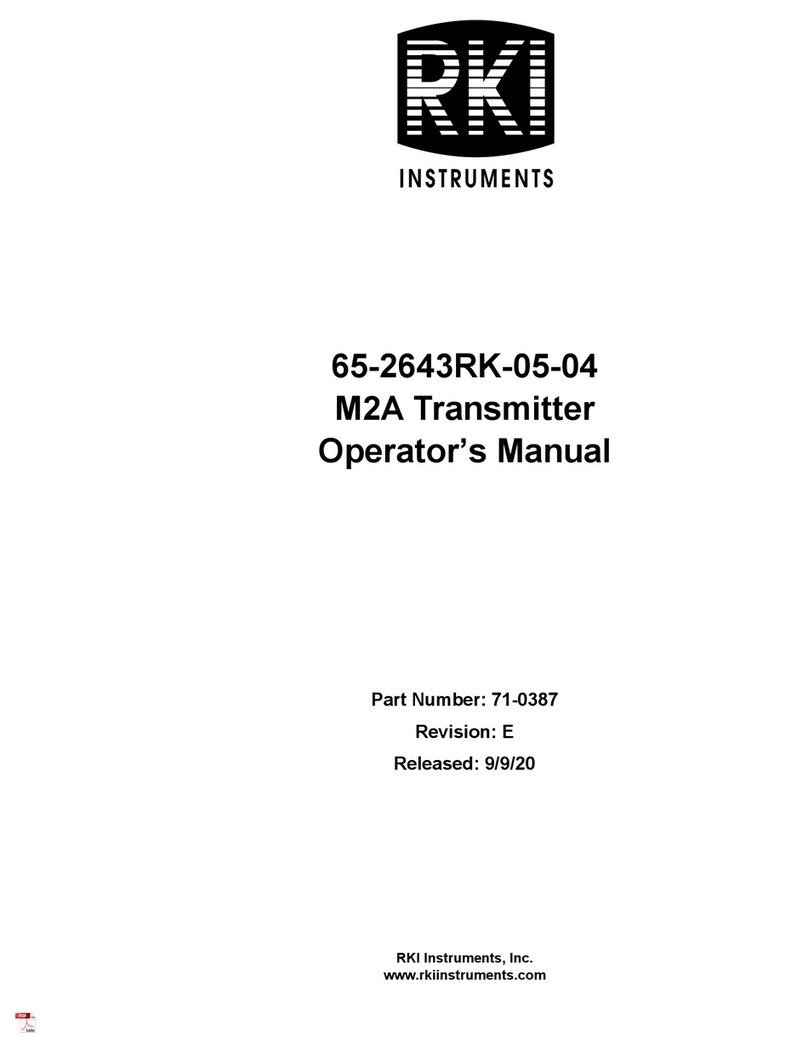
RKI Instruments
RKI Instruments 65-2643RK-05-04 User manual
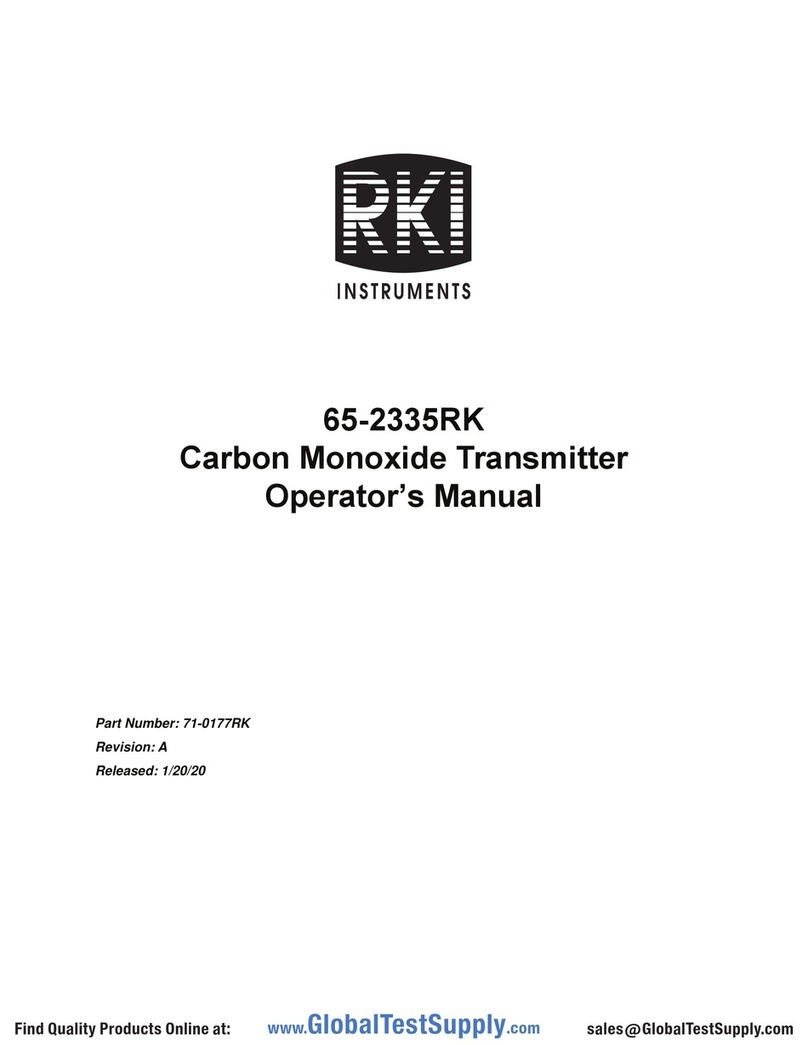
RKI Instruments
RKI Instruments 65-2335RK User manual
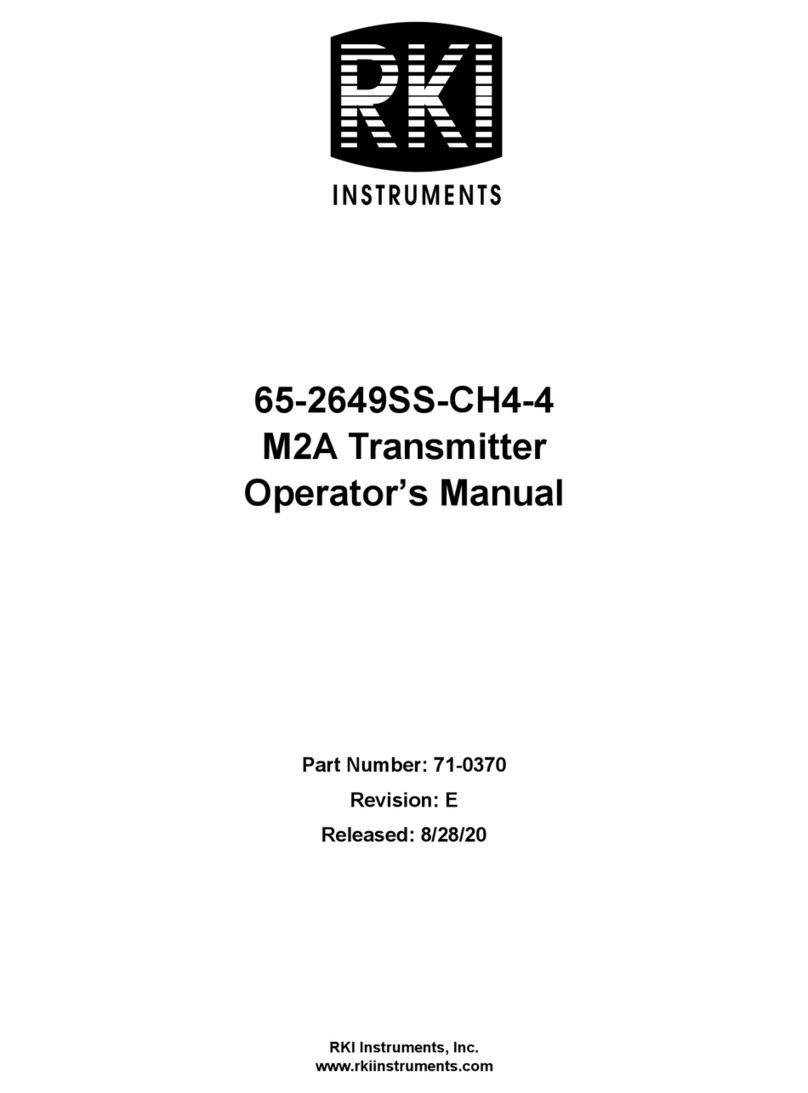
RKI Instruments
RKI Instruments 65-2649SS-CH4-4 User manual

RKI Instruments
RKI Instruments 65-2397SS User manual
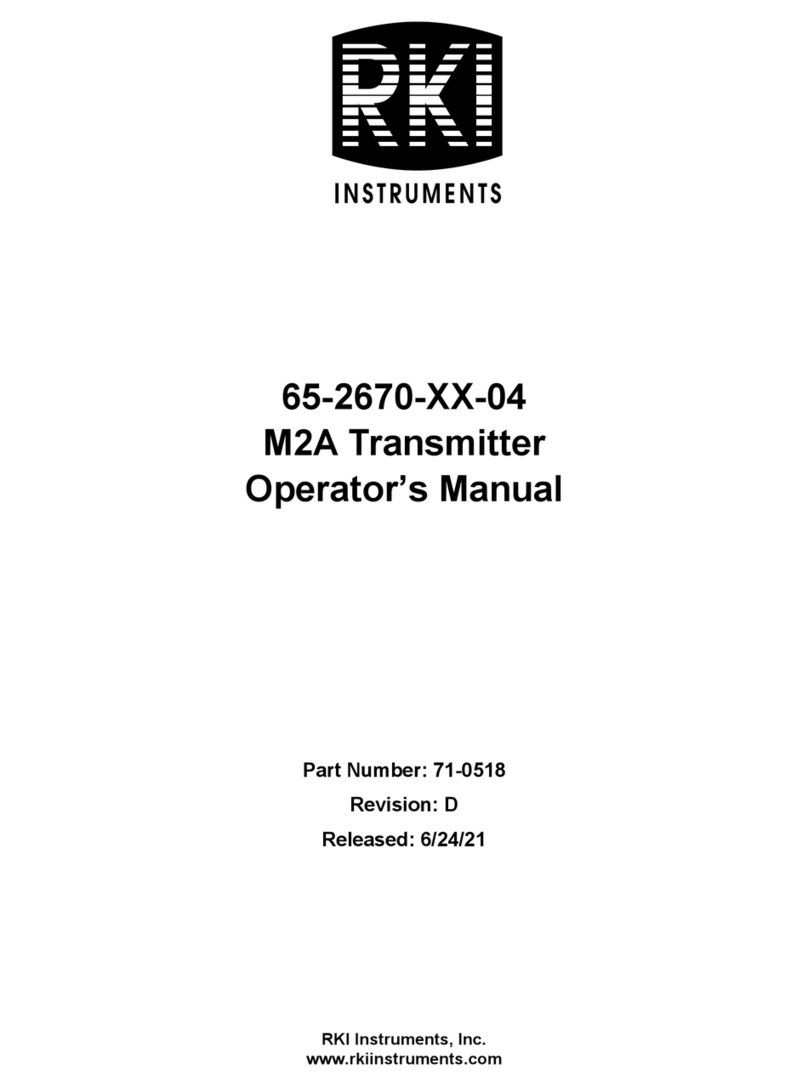
RKI Instruments
RKI Instruments 65-2670-XX-04 User manual
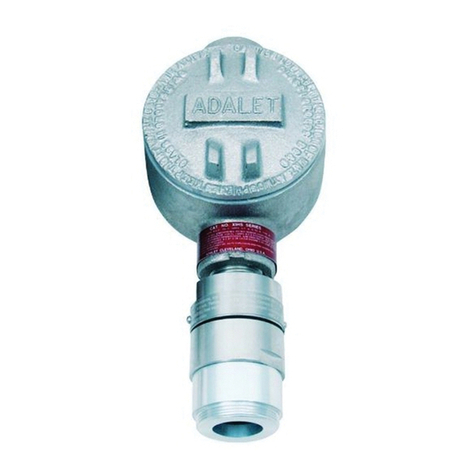
RKI Instruments
RKI Instruments 65-2336RK User manual

RKI Instruments
RKI Instruments 65-2661RK-XX-04 User manual
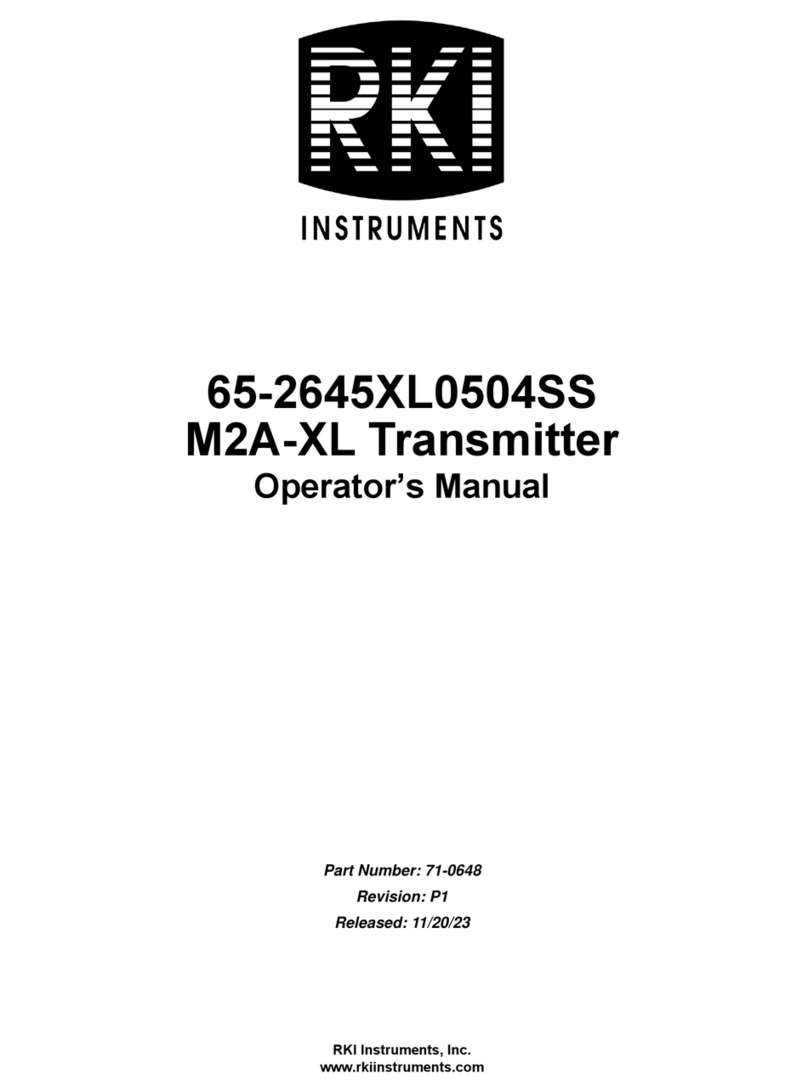
RKI Instruments
RKI Instruments 65-2645XL0504SS User manual
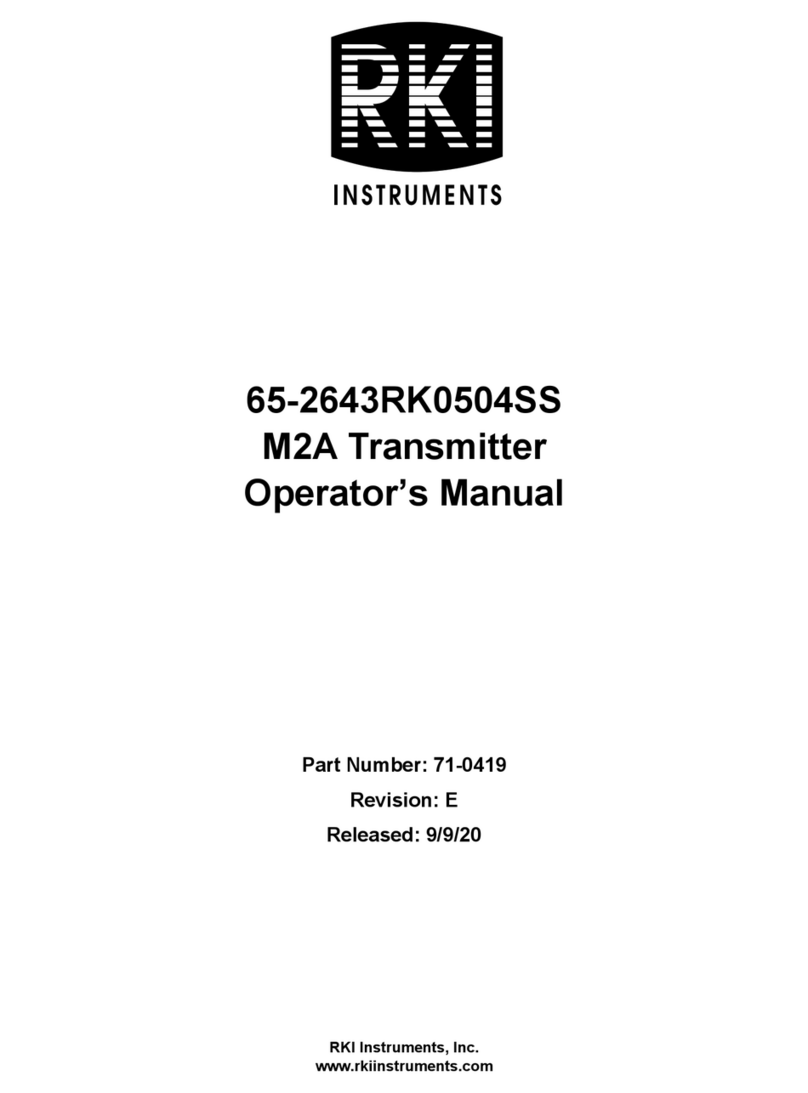
RKI Instruments
RKI Instruments 65-2643RK0504SS User manual
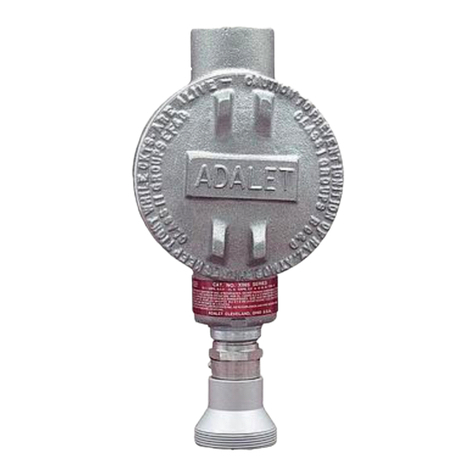
RKI Instruments
RKI Instruments 65-2330RK User manual
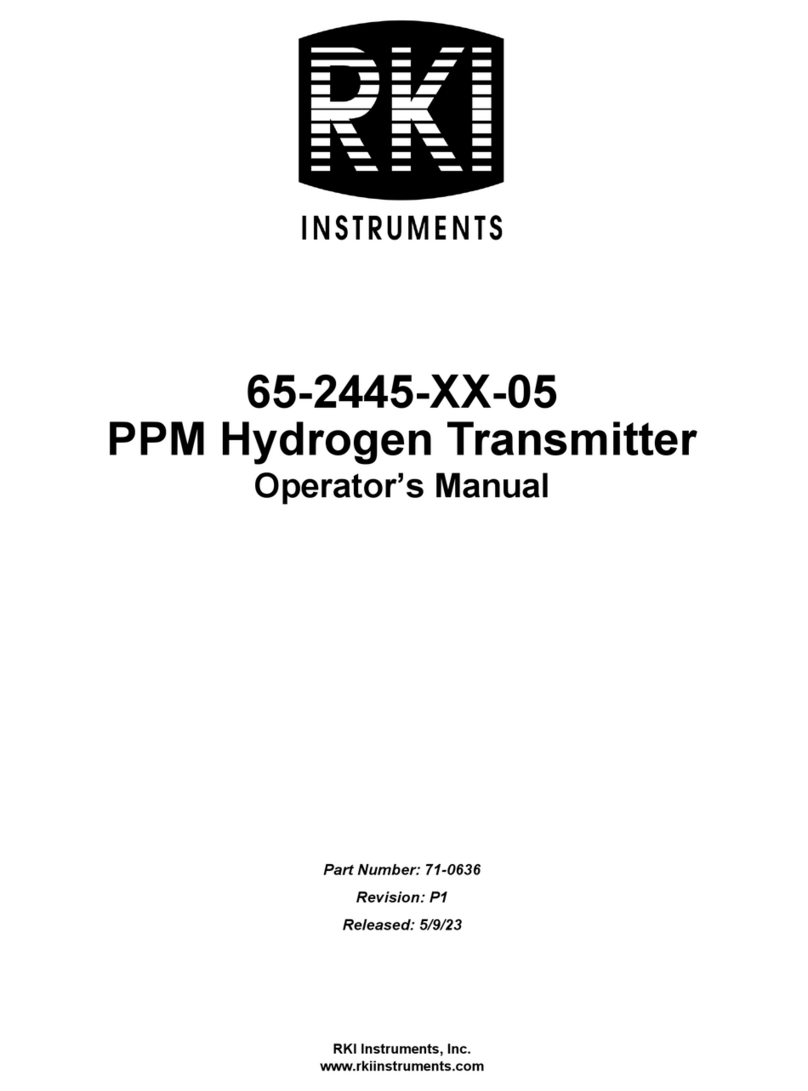
RKI Instruments
RKI Instruments 65-2445 05 Series User manual
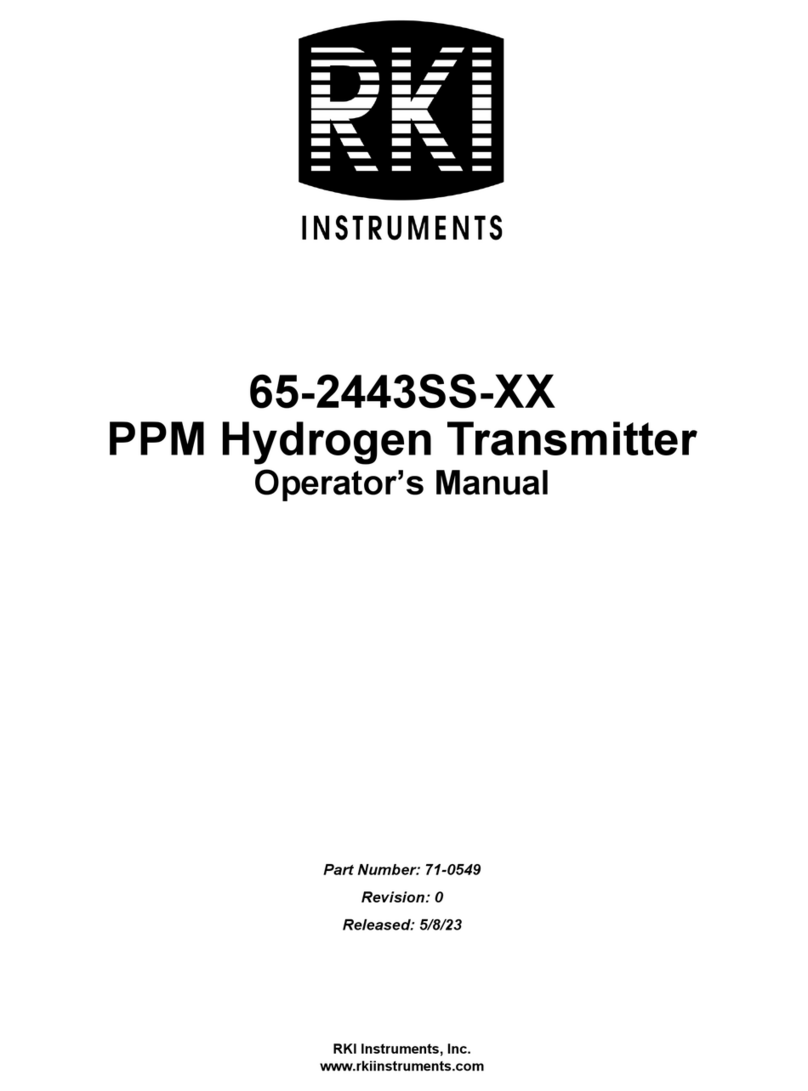
RKI Instruments
RKI Instruments 65-2443SS-100 User manual
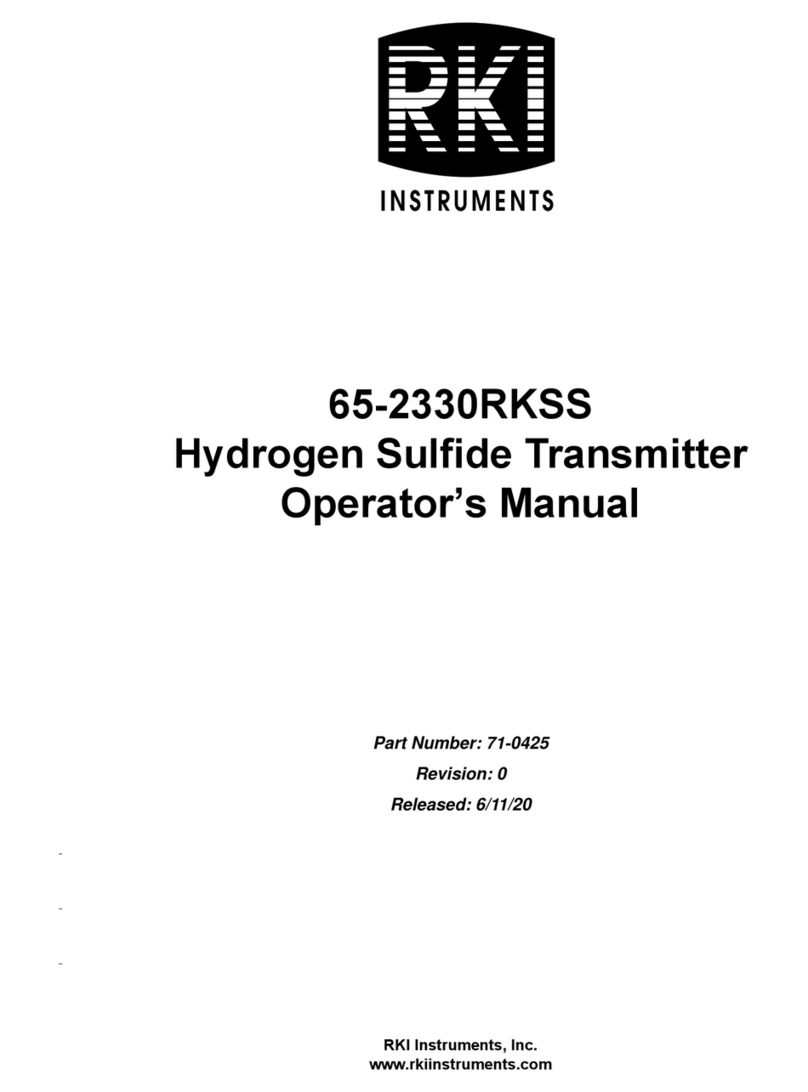
RKI Instruments
RKI Instruments 65-2330RKSS User manual
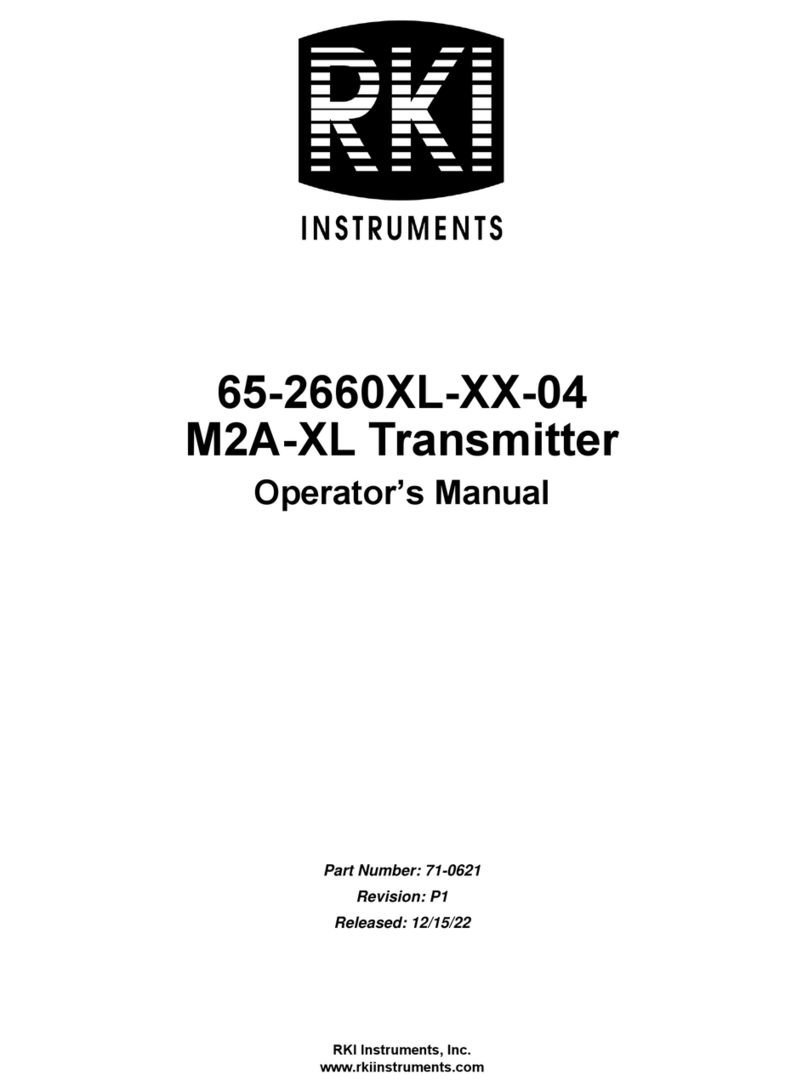
RKI Instruments
RKI Instruments 65-2660RK-01-04 User manual
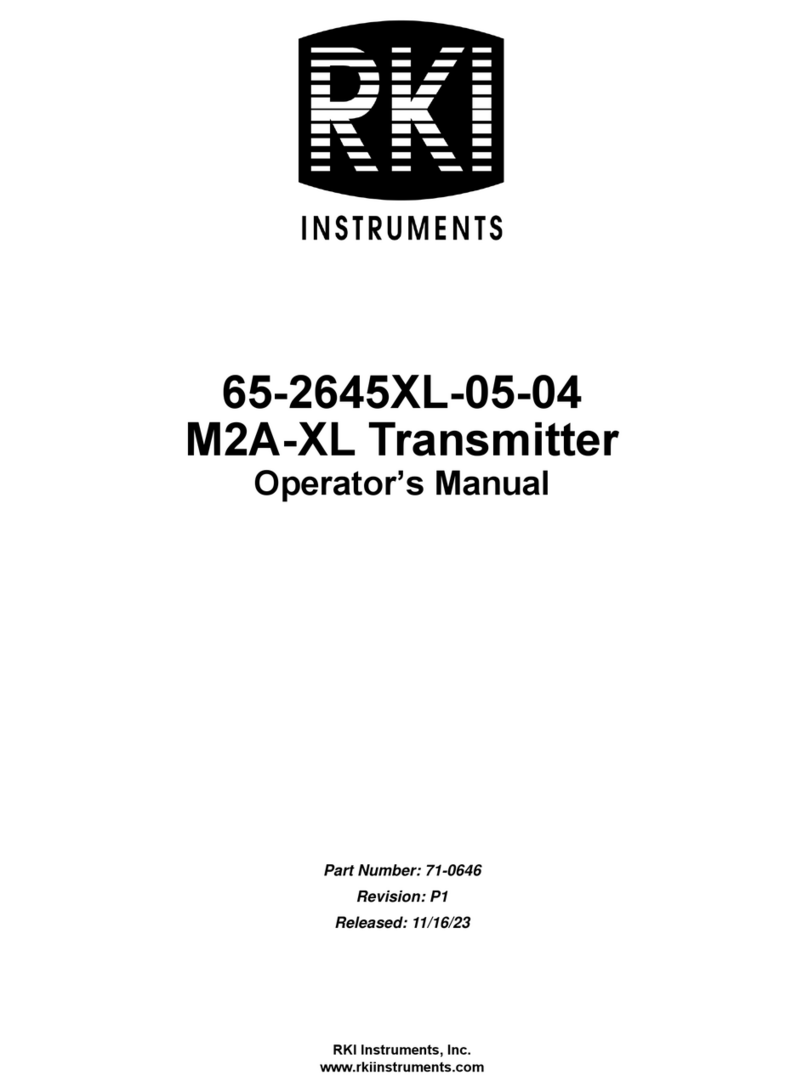
RKI Instruments
RKI Instruments 65-2645XL-05-04 User manual
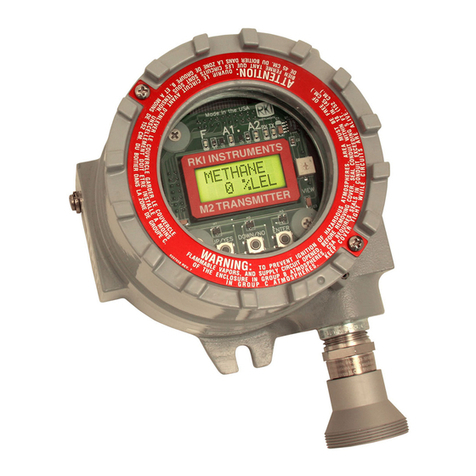
RKI Instruments
RKI Instruments 65-2645RK-05-04 User manual
Popular Transmitter manuals by other brands

Geo
Geo Web Pack quick start guide

Inovonics
Inovonics EchoStream EN1210W installation instructions

IKONNIK
IKONNIK KA-6 quick start guide

Rohde & Schwarz
Rohde & Schwarz SR8000 Series System manual

Audio Technica
Audio Technica UniPak ATW-T93 Installation and operation

NIVELCO
NIVELCO EasyTREK SCA-300 Series Programming manual
